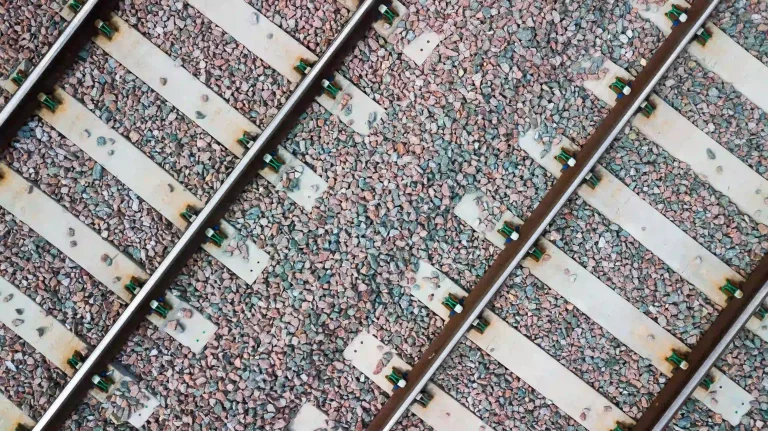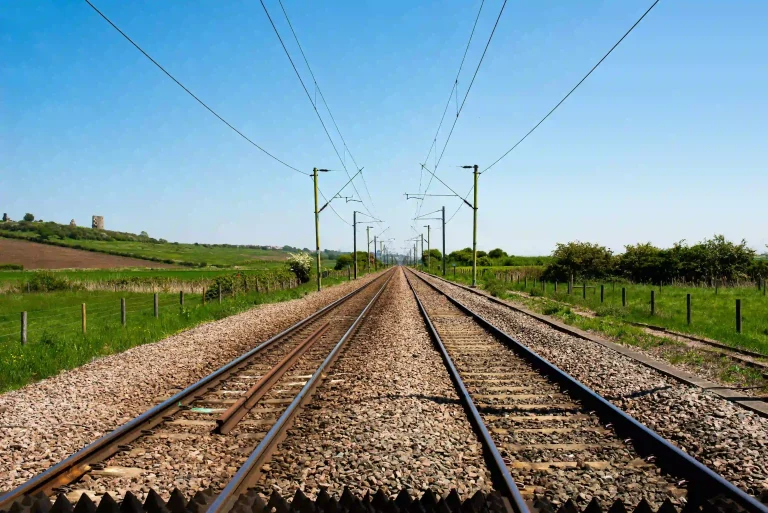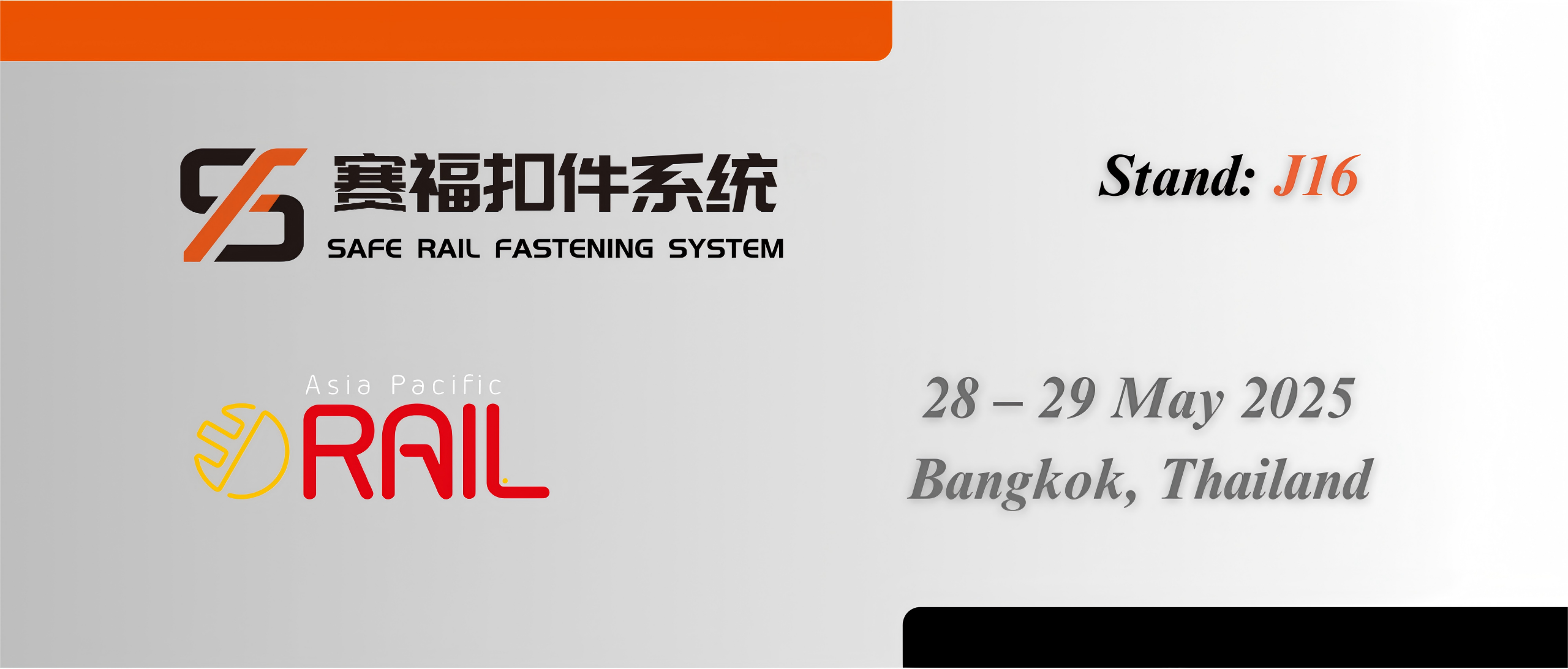Using vibration isolation pads is essential, in the railway sector as they help reduce vibrations and improve the efficiency of railway systems while ensuring safety for passengers and staff members alike. For railway engineers like yourself vibration isolation pads can lead to a journey, for travelers and prolong the life of critical system components. It’s crucial to consider the advantages that these pads offer to make informed choices that will benefit railway operations significantly.
Benefits of Using Vibration Isolation Pads in Railways
Enhancing Passenger Comfort and Safety
Vibration isolation pads offer an advantage; enhancing passenger comfort by minimizing vibrations, within train cars for a smoother ride experience during high-speed journeys or, over rough terrain while also promoting safety by reducing sudden movements that could cause accidents or harm to passengers and preserving the integrity of the system overall.
Prolonging the Lifespan of Railway Components
Using vibration isolation pads in railway systems does not improve the passenger experience. Also helps extend the lifespan of key components by reducing the impact of constant vibrations that can cause material fatigue and premature wear and tear on essential parts. Integrating these pads into your railway infrastructure to alleviate stress, on components effectively lessens maintenance expenses and decreases the frequency of replacements needed. This enhancement not only improves efficiency but also plays a crucial role in ensuring the sustainability of railway operations, in the long run.
Technical Considerations for Railway Engineers
Choosing vibration isolation pads requires taking into account a range of aspects to guarantee top-notch functionality, for railway applications, in scenarios. Understanding the characteristics of these pads empowers you to pick the suitable option and efficiently manage vibrations to enhance the railway system’s efficiency.
Key Factors in Selecting Vibration Isolation Pads
Material Properties
When choosing vibration isolation pads, it is important to examine their material. The composition of these pads plays a role, in how they can reduce vibrations. Different materials, like rubber polyurethane and composite materials all have traits. As you assess types of pads taking into account the specific materials they are made from will assist in achieving the desired level of isolation performance.
Load-bearing Capacity
It is important to think about how much weight the vibration isolation pads can bear, as they need to be able to hold up railway parts and handle the movement that happens during use effectively. Engineers have to figure out how the weight is spread out and what level of stiffness is needed for the pads to last long and keep people safe. Knowing what the pads go through during operation is crucial, for choosing ones that meet the required standards, for performance and safety.
Environmental Conditions
The performance of vibration isolation pads can be affected by factors as well. It’s crucial to choose the pads when operating in temperatures or when exposed to moisture. Materials have levels of resistance, to stressors, and selecting the suitable pad based on operating conditions is key to ensuring durability. Matching the pads to the railway setting is important, for vibration isolation.
SAFE’s Advanced Solutions for Railway Vibrations
SAFE provides a variety of high-tech vibration isolation pads tailored to meet the requirements of the railway sector in order to enhance performance and efficiency while ensuring safety and comfort, for passengers through their experience, in the field.
Overview of SAFE’s Product Range
SAFE offers a variety of high-performance isolation pads designed specifically for use, in railway applications after undergoing testing to meet industry standards, reliability and functionality are ensured by its dedication to quality and innovation SAFE solutions not only adhere to regulatory guidelines but also tackle the challenges posed by railway vibrations
High-efficiency Isolation Pads
SAFEs performing isolation pads are crafted to reduce vibrations, in railway settings by utilizing cutting-edge materials with excellent damping properties and lasting durability qualities in mind. By minimizing vibrations caused by factors such as movement or external forces these pads not only improve the comfort of passengers but also prolong the life expectancy of railway parts offering considerable benefits to your day-to-day operations.
Customizable Solutions
SAFE provides customized solutions, for railway systems beyond products to meet requirements such as load-bearing capacities and environmental conditions unique to your needs. Partnering, with SAFE enables you to tackle railway vibration issues while prioritizing passenger safety and comfort.
By incorporating vibration isolation pads into your railway infrastructure systems you enhance safety and efficiency in transportation. The advantages go beyond comfort as they also guarantee the durability of your railway parts leading to expenses, in the long run. With the solutions provided by SAFE, you can trust your decisions to enhance passenger satisfaction and operational efficiency.
Implementation Best Practices
To get the most out of isolation pads in your railway systems it’s essential to follow recommended practices, for top-notch performance results. The key lies in setting them up and regularly maintaining them to ensure they function efficiently for your railway operations. Giving attention to the procedures will ultimately boost the dependability and longevity of your vibration isolation solutions.
Installation Guidelines for Optimal Performance
For starters getting the installation right is key, to getting the most out of isolation pads. Engineers need to make sure that the surface where the pads go is both clean and flat. This helps ensure contact and lowers the chance of vibrations seeping through the pad. Following loading guidelines outlined in standards, like EN 13481 is crucial to prevent the pads from experiencing forces during installation.
Additionally, it’s important to pay attention when aligning the load distribution plates properly to ensure a distribution of weight across the surface of the pads is achieved. Placing these plates inaccurately onto the isolation pads can impact their effectiveness. Result in wear and poor vibration isolation performance. Providing training, for installation teams can help reduce errors during installation and prolong the durability of isolation solutions.
Maintenance and Inspection Routines
Regular maintenance and inspection routines are indispensable for ensuring the long-term effectiveness of vibration isolation pads. Implementing a routine schedule for inspections allows engineers to identify wear patterns or damages before they escalate into significant problems. During inspections, checklists can be utilized to monitor essential metrics such as pad displacement, material integrity, and environmental factors that may affect performance.
Additionally, considering environmental conditions is vital during inspections. Railway systems can be exposed to extreme weather, impacting the performance of vibration isolation pads. Scheduled maintenance should include visual assessments for signs of fatigue or material degradation caused by prolonged exposure to moisture or temperature fluctuations. Staying proactive in maintenance will ensure continued pad performance and reliability.
Addressing Common Concerns and Myths about Vibration Isolation Pads
Many common misconceptions exist regarding vibration isolation pads, leading to hesitancy among railway engineers to integrate these vital solutions. Addressing these myths and concerns is critical to dispelling doubts and highlighting the substantial benefits associated with the proper utilization of these pads.
Misconceptions about Effectiveness and Durability
A prevalent misconception is that vibration isolation pads are ineffective against high-frequency vibrations. However, advancements in material science and engineering have led to the development of pads that excel in dampening both low and high-frequency vibrations. By understanding the testing standards, such as those outlined in EN 13146-9:2020, engineers can appreciate the robust performance capabilities of modern pads.
Moreover, concerns regarding the durability of vibration isolation pads often stem from outdated information or a lack of understanding of the materials used. Many vibration isolation pads employ advanced materials designed for longevity and resistance to wear, ensuring they can withstand the rigors of railway operations without significant degradation. Regular inspections, paired with high-quality manufacturing processes, ensure that pads maintain their effectiveness over extended periods.
Finally, there are concerns, among engineers about the potential for vibration isolation pads to complicate maintenance procedures in truth these pads streamline and lessen the frequency of maintenance tasks by easing the strain on railway components By reducing vibrations these pads contribute to less wear and tear resulting in a simpler maintenance schedule, for railway systems With proper education and awareness engineers can fully appreciate the myriad benefits that vibration isolation pads offer in improving railway efficiency.
Using vibration isolation pads is extremely important, in railway engineering as it greatly enhances passenger comfort and ensures term operational efficiency in the system. By following installation methods and maintaining them regularly while debunking common misconceptions you can seamlessly incorporate these pads into your railway infrastructure. As industry benchmarks progress relying on top-notch solutions, like those provided by SAFE continues to push the boundaries of railway transportation technology.










